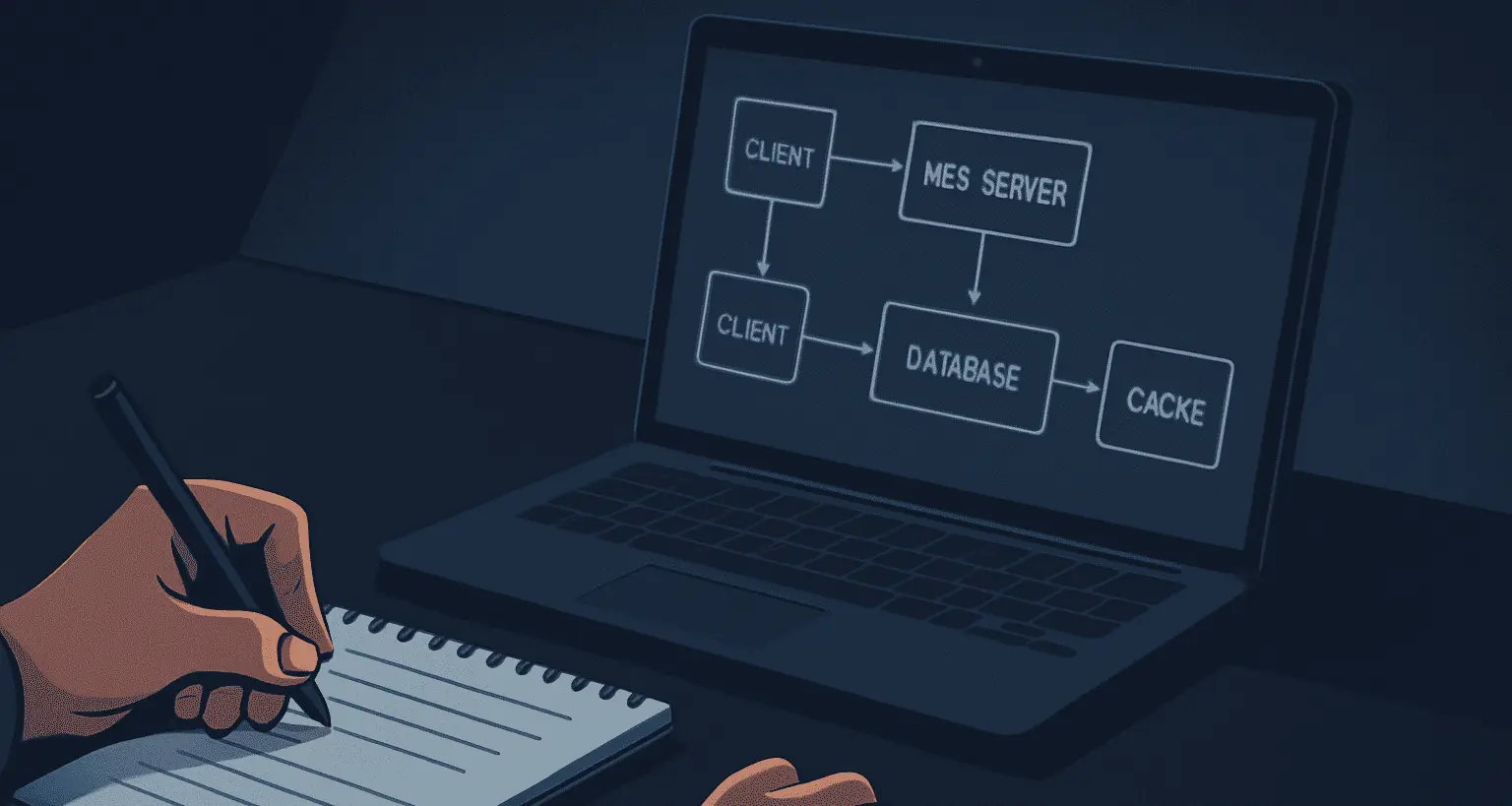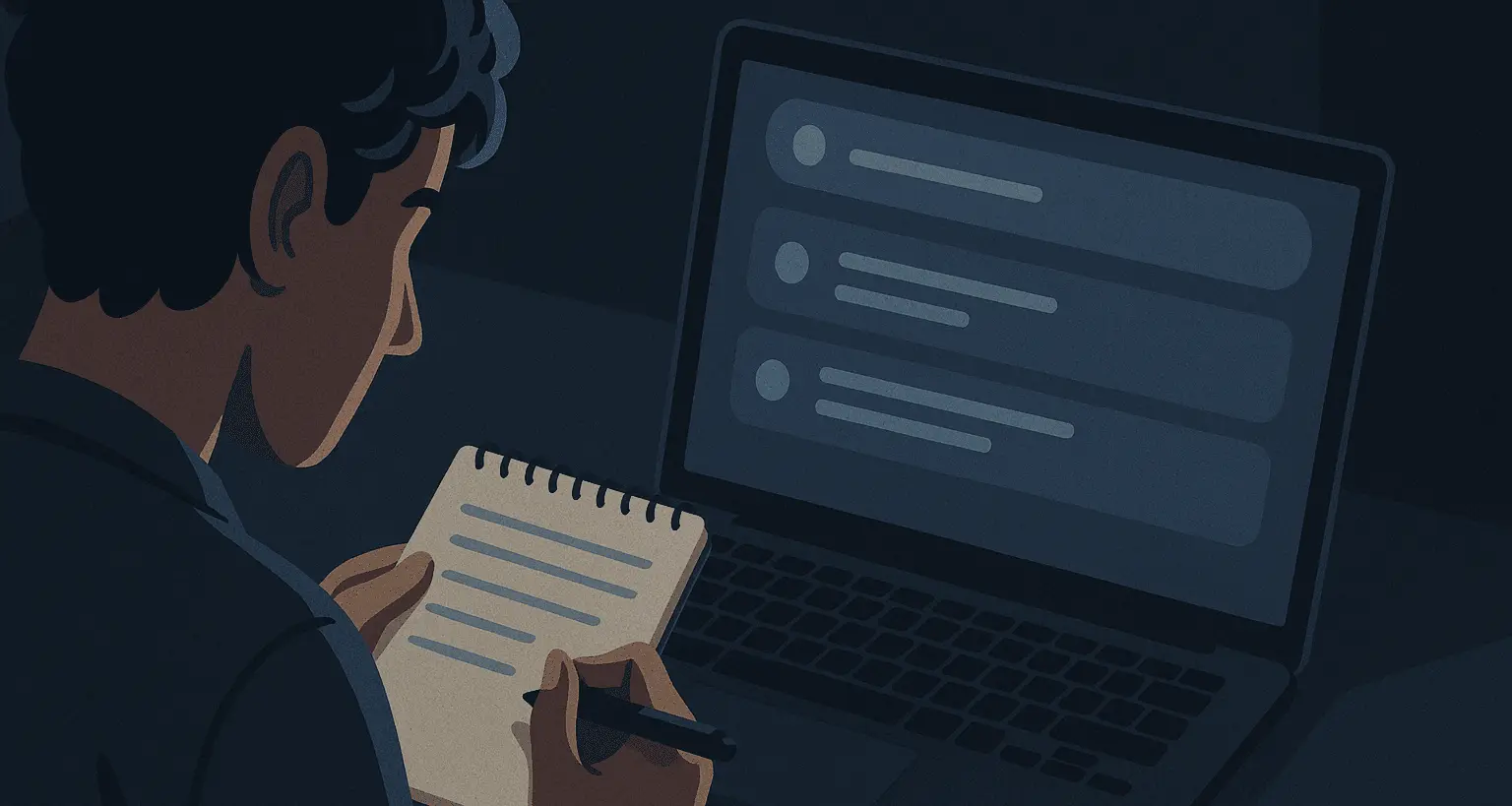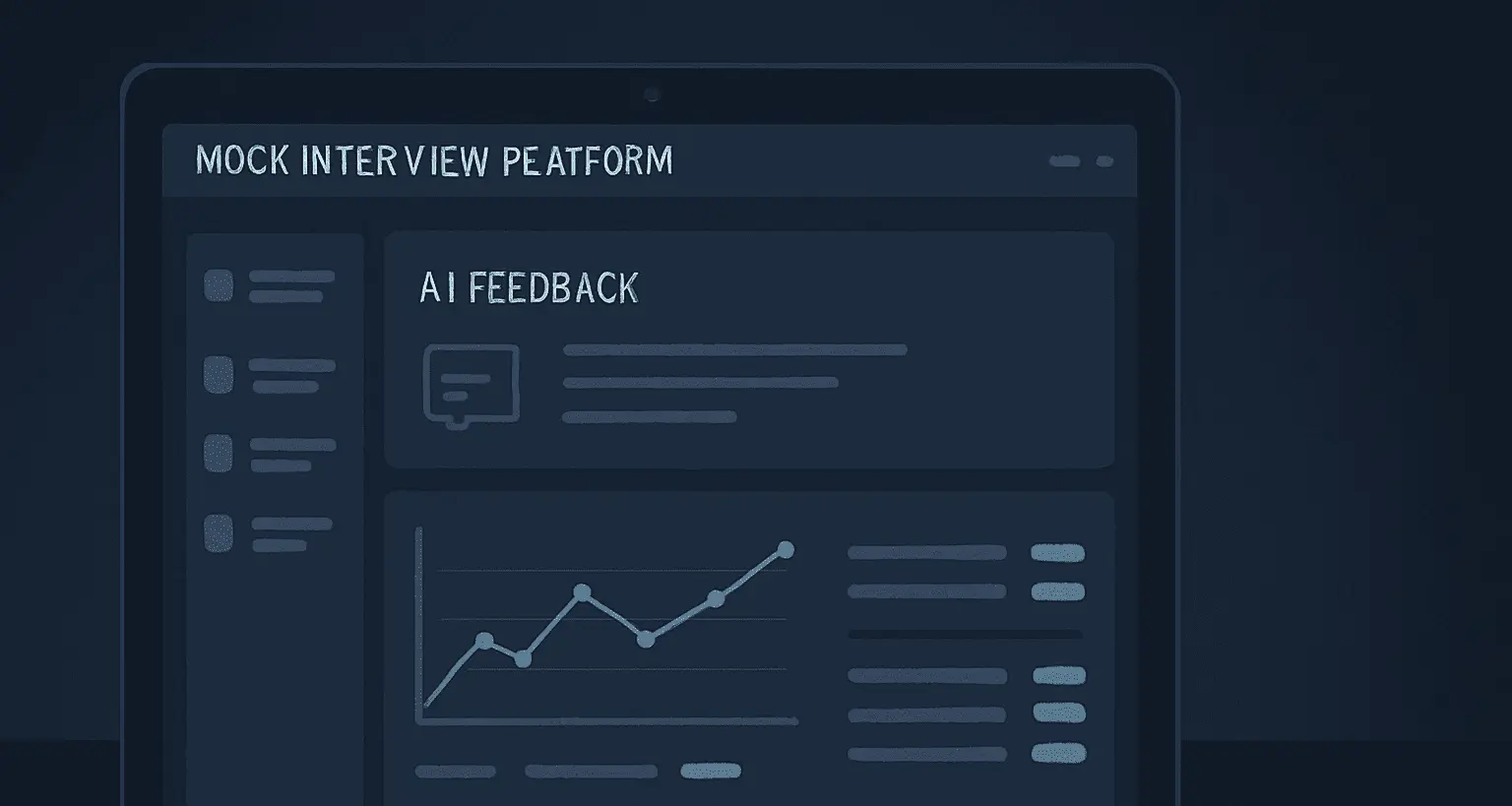System Design Mock Interview: A Complete Preparation Guide

A system design mock interview helps software engineers prepare for high-level technical discussions about architecture, scalability, and trade-offs. Unlike coding rounds, these sessions evaluate how you think through building large systems under real-world constraints. If you’re targeting roles at major tech companies, mastering this kind of interview can make a big difference.
This guide walks through what to expect, how to structure your approach, and practical ways to improve your design and communication skills before your next real interview.
What Is a System Design Mock Interview?
A system design mock interview is a simulated session that mirrors real design discussions. You might be asked to design a service such as Twitter, WhatsApp, or a ride-hailing app. The goal is to test your ability to define requirements, make trade-offs, and create scalable solutions under time pressure. Practicing beforehand helps you turn vague problems into clear, structured conversations.
Why Mock Interviews Are Essential for System Design
Many engineers struggle in design interviews not because of weak technical skills but because of unclear communication or poor structure. Running practice sessions helps you gain confidence and identify blind spots. They also teach you to speak clearly about scale, latency, reliability, and data flow—skills that separate senior engineers from the rest.
- Learn to clarify vague prompts before diving into solutions.
- Develop a consistent framework for any design question.
- Receive feedback on your assumptions and architecture choices.
- Get better at visualizing and explaining complex systems.
What Interviewers Evaluate
During a design-focused interview, the interviewer isn’t just checking if your system works—they’re assessing how you approach complexity. Common evaluation areas include:
- Problem Framing: How you define goals and clarify constraints.
- Architecture Depth: Whether your design is modular, scalable, and maintainable.
- Data and API Design: The way you define entities, relationships, and request flows.
- Trade-offs: How you justify performance, cost, and reliability decisions.
- Communication: Whether your thought process is easy to follow.
Step-by-Step Framework for Practicing
Following a structured flow during practice helps you sound composed in real interviews. Use this seven-step outline to stay on track:
- Clarify and Scope: Ask questions about users, scale, and key metrics before designing anything.
- Define Core Features: Separate essential requirements from optional ones.
- Identify Constraints: Discuss throughput, latency, and storage limits early.
- Design APIs and Data Models: Map out how data will be created, retrieved, and updated.
- Outline the Architecture: Show clients, services, load balancers, caches, and storage systems.
- Discuss Scaling Strategies: Explain replication, sharding, and caching decisions.
- Summarize and Improve: End with key trade-offs and what could be optimized later.
Popular System Design Topics to Practice
- Design Twitter: Handling feed fanout, caching, and ranking algorithms.
- Design WhatsApp: Real-time messaging, data synchronization, and storage management.
- Design YouTube: Uploading, transcoding, CDN distribution, and analytics pipelines.
- Design Uber: Geolocation indexing, matching drivers and riders, and surge pricing.
- Design URL Shortener: Efficient key generation, redirects, and TTL-based cleanup.
Trade-offs to Discuss During a Session
There’s no perfect system—every design has trade-offs. What matters is how you reason about them. Make sure to cover these dimensions:
- Consistency vs. Availability: How your design fits into CAP trade-offs.
- SQL vs. NoSQL: When to optimize for queries vs. scalability.
- Caching: Managing hot keys, invalidation, and TTLs effectively.
- Storage: Choosing between object storage, block storage, and distributed databases.
- Failure Recovery: Handling retries, timeouts, and circuit breakers gracefully.
Effective Practice Tips
Consistency beats intensity. Regularly running mock sessions builds intuition and confidence. Here’s how to make the most of your preparation:
- Practice with peers or mentors who can challenge your assumptions.
- Record your sessions and analyze how clearly you explain your ideas.
- Time-box your approach—aim to finish within 45 to 60 minutes.
- Focus more on reasoning than on specific technologies.
- Review common interview prompts weekly to spot patterns.
Example: Designing a URL Shortener
Prompt: Design a scalable URL shortener.
Requirements: Create and redirect short URLs, handle analytics.
Constraints: 1B reads/day, low latency, fault-tolerant design.
Key Components:
- API Gateway
- App Servers
- Cache (Redis)
- Primary Database (SQL or NoSQL)
- Object Storage for analytics
Scaling: Sharding, async replication, CDN for global routing.
Non-functional: 99.99% uptime, <100ms redirect globally.Final Preparation Advice
The best engineers approach each practice session as if it were the real thing. Keep your explanations organized, use diagrams to visualize ideas, and communicate trade-offs with confidence. Even when you’re unsure, reasoning out loud shows strong engineering instincts.
Mock interviews are a low-risk way to turn abstract concepts like scalability, consistency, and fault tolerance into habits you can demonstrate naturally during an actual interview.
FAQ
How long does a system design session take?
Most sessions last 45–60 minutes—enough time for scoping, architecture discussion, and deep dives.
How do I start answering a system design prompt?
Start by clarifying requirements. Identify users, scale, and constraints before proposing an architecture.
What if I get stuck?
State your assumptions, simplify the problem, and continue reasoning out loud. Interviewers care more about process than perfection.





